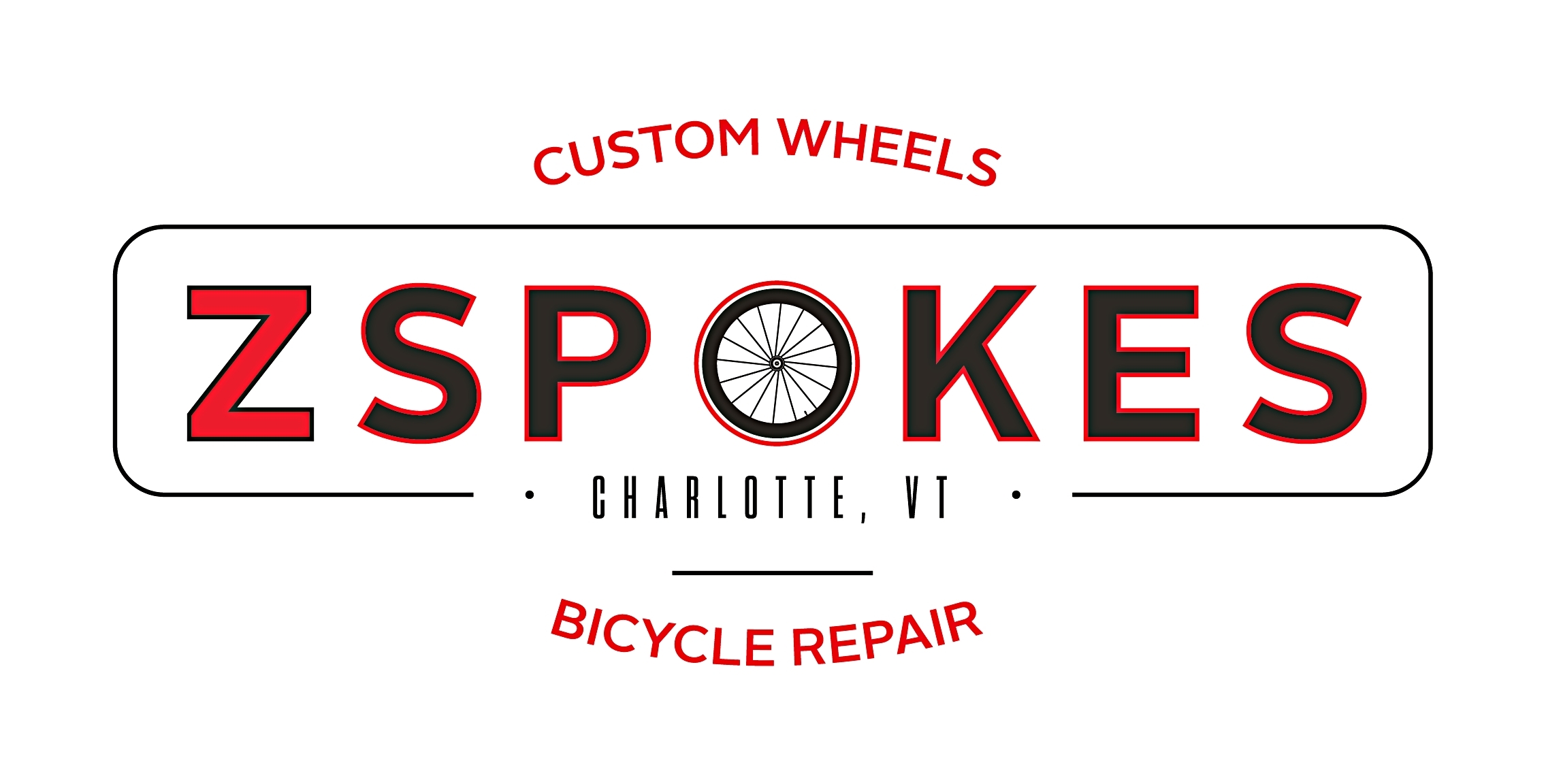Zack Macik
Here's the long story if you are interested...
I got a mountain bike right after mountain bikes had become a real thing, but before v-brakes and suspension forks were around. Eventually, I got pretty good at breaking my fully rigid, cantilever braked, bio-paced machine and pretty decent at the disassembly of said broken parts. Unfortunately, I was a bit clueless on the fixing and reassembly aspect, so I started bike shop life as a grom in a tiny shop in Vermont in 1991. Lucky for me, it was a very unique shop with a unique owner. My friend, Timothy Matthewson, who now runs Little City Cycles, is a crazy bike nut and excellent mechanic/inventor/problem solver and he must have seen a little glint of hope in my eye when he would fix the broken pieces of my bike I would bring him in bags and jars (after extensive disassembly). Where groms in most shops get to sweep floors, empty trash cans, clean toilets and slowly learn how to change flats and assemble new bikes out of boxes, I got to sweep floors, empty trash cans, clean the bathroom and disassemble old bikes and re-assemble even older bikes. The process of categorizing and organizing parts into an endless supply of yogurt containers and then building wheels and bikes out of those parts and frames was an invaluable experience, helping me down the path of parts compatibility and problem solving. I credit Tim a lot with helping me see the big picture of different systems at work on a bicycle and how to make those systems play nice together. His patience and time teaching, set me up with an incredibly helpful background when it came to working on new bikes. It wasn’t until quite a while later that I realized just how much that unique learning experience gave me a huge leg up on my mechanic game. A few years later, at a different shop, I built my first new bike out of a box....and it was soooo easy! All the parts were there and I didn’t have to go searching through yogurt containers to find them all. The parts were new. I didn’t have to fix, clean and make sure they were complete. All the parts were designed to work together, no worries!
When I moved to a bigger workshop, it quickly became clear that I could diagnose and fix things that not everybody could see, feel and fix. Eventually that led down the path of being any given workshops lead question answerer. It’s usually not on the business cards or listed in the bio, but every shop has one.
Being a bike mechanic has taken me to New Zealand four times to a shop formerly known as Cycle Surgery, Cycle World and now Bike House, in Dunedin. Then on to Boulder, where I spent 15 years in what is one of the great cycling centers of the country. I worked at a niche shop with a reputation built on excellent service and high end bikes, The Sports Garage. I worked on a lot of suspension bikes, high end components, hydraulic disc brakes and suspension forks all day, everyday. Back in the day, those cutting edge items were still rather few and far between, certainly not the norm. It was funny how a lot of those early skills learned became very applicable again. Many high end bikes are built from a frame up and require way more attention to detail. There were so many more things that needed to be taken into account when building, adjusting, troubleshooting and fixing these bikes. Working on this stuff year after year, it has been fun to see, in a very hands on and intimate way, how the industry and engineers have evolved and advanced the bicycle and it’s components. One of the biggest advancement in the past few years has been electronic and wireless shifting and it's amazing, I can't wait to see where we go next.

